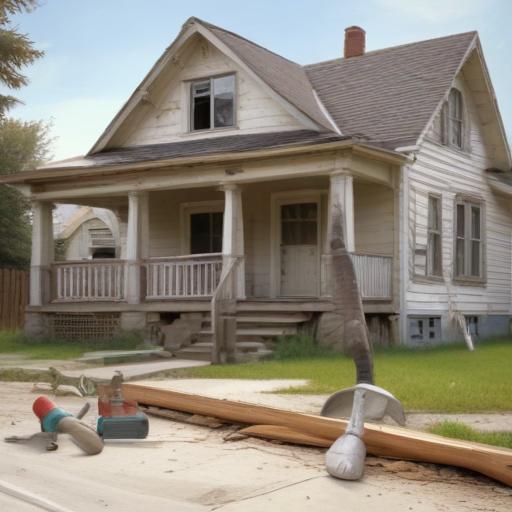Budget-focused buyers weigh fixer-upper versus move-in-ready homes with tips from a television star
Choosing a home is exciting, but budget considerations often force a tougher call: should you chase a move-in-ready property or embrace a fixer-upper and renovate over time? David Bromstad, the HGTV host known for My Lottery Dream Home, says that for buyers watching every dollar, a fixer-upper can be the smarter choice. The idea is simple: a lower purchase price can leave more room in your budget for renovations, so you can tailor the home to your taste without overextending upfront.
Even if you land a brand-new home, upgrades are still likely. Bromstad notes that a fully finished house will almost always prompt a list of personal touches—meaning you’ll spend after the sale to make the space your own. For budget-minded buyers, the planning starts well before you sign on the dotted line.
What to look for in a budget-friendly fixer-upper
When evaluating a renovation project, think about which improvements will be necessary to transform the property into your dream home—and which ones will be most cost-effective. Some upgrades are inherently expensive, notably structural fixes and roof replacements. Still, there are affordable ways to boost a home’s look and feel.
Two easy, budget-friendly kitchen upgrades include:
– Updating countertops with laminate instead of pricier materials like quartz
– Extending cabinets to the ceiling and adding updated hardware
Other cosmetic changes can also help, such as painting walls a fresh color, replacing bathroom tiles, and installing new flooring. It’s important to know which projects require licensed professionals; avoid DIY in areas like plumbing and electrical.
Location matters on two fronts
Where you buy also affects the math. Purchase prices vary by state, with some areas offering more affordable options for budget buyers—for example, states like Iowa, Ohio, and Minnesota tend to be less expensive than high-cost states. Renovation costs also differ by region due to materials and labor. If you’re planning a renovation, consider where costs are more favorable; states like Texas or Indiana can sometimes be cheaper for renovations than California or Illinois.
The potential upside: value and resale
Bromstad emphasizes a key advantage of fixer-uppers: the opportunity to grow value through your own upgrades. A lower purchase price, combined with strategic renovations, can yield meaningful equity when you’re ready to sell. Conversely, a turnkey home, while convenient, may leave less room for value growth after you move in.
Practical steps for buyers
– Do a thorough tour and estimate renovations early in the process.
– Set a realistic renovation budget with a contingency for surprises.
– Get quotes from licensed professionals for major work, especially for plumbing and electrical.
– Prioritize improvements with solid return on investment and fit with your lifestyle.
– Consider resale value as you plan upgrades, balancing personal taste with broad appeal.
Bottom line
If you’re budgeting for a home, a fixer-upper can align with both financial constraints and your desire to customize. With careful planning, mindful budgeting, and smart, value-focused renovations, buying a lower-cost property and building equity through upgrades can be a viable path to your dream home.
Summary and value-added notes
– The choice between move-in-ready and fixer-upper hinges on initial price, renovation costs, and willingness to manage improvements.
– Practical, budget-conscious kitchen upgrades and cosmetic changes can make a big impact without breaking the bank.
– Location influences both purchase price and renovation costs; researching regional costs is essential.
– A well-planned fixer-upper strategy can offer meaningful resale value growth while maintaining a manageable budget.
Additional tips for readers
– Start with a clear, capped budget and a list of must-haves versus nice-to-haves.
– Build a rough scope of work and phased renovation plan to spread costs.
– Factor in permits, inspections, and potential delays when estimating timelines and budgets.
– If possible, consult a local contractor early to get a realistic sense of renovation costs in your target area.
